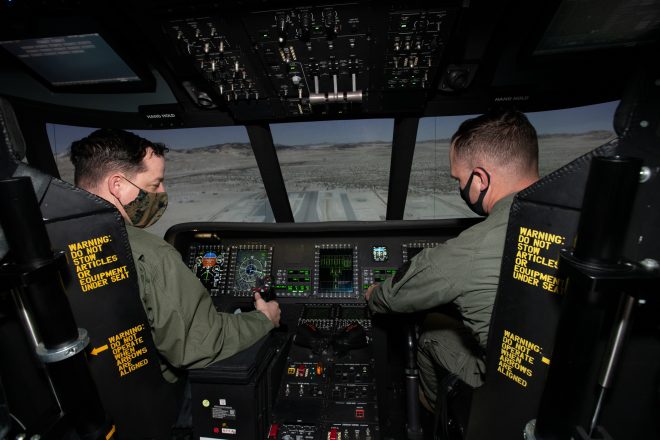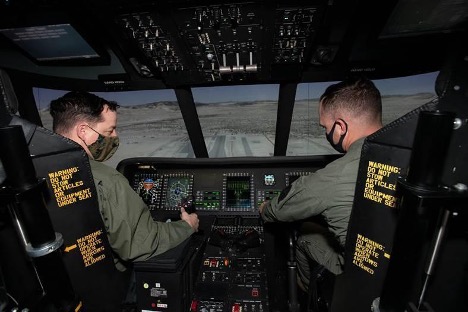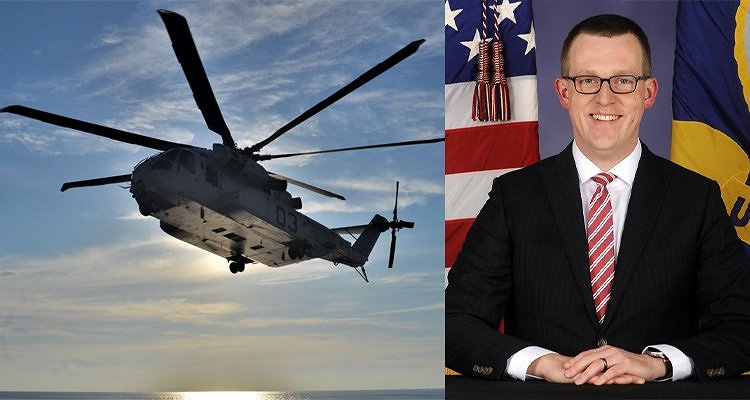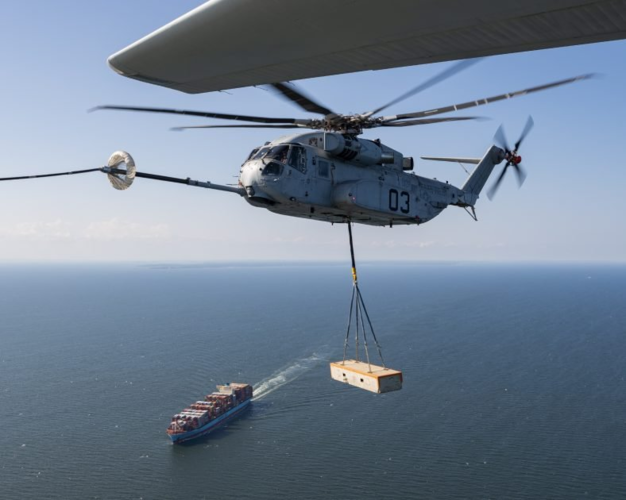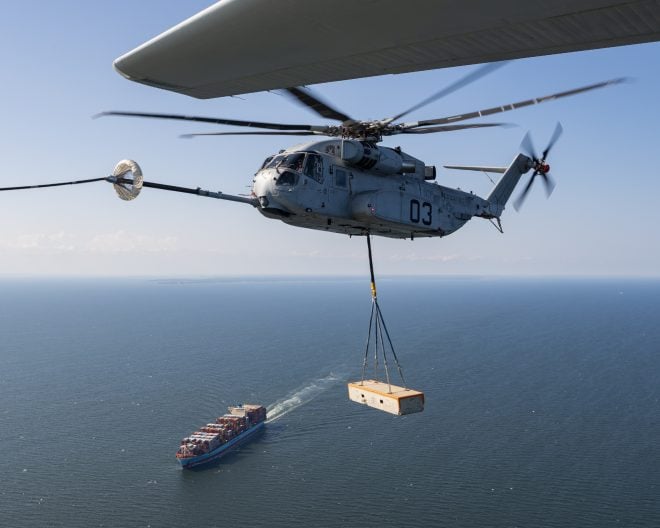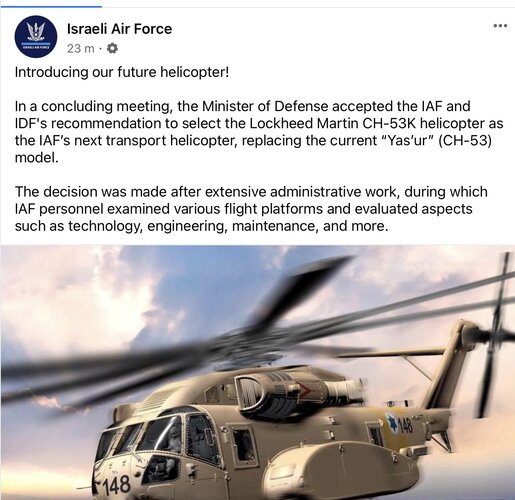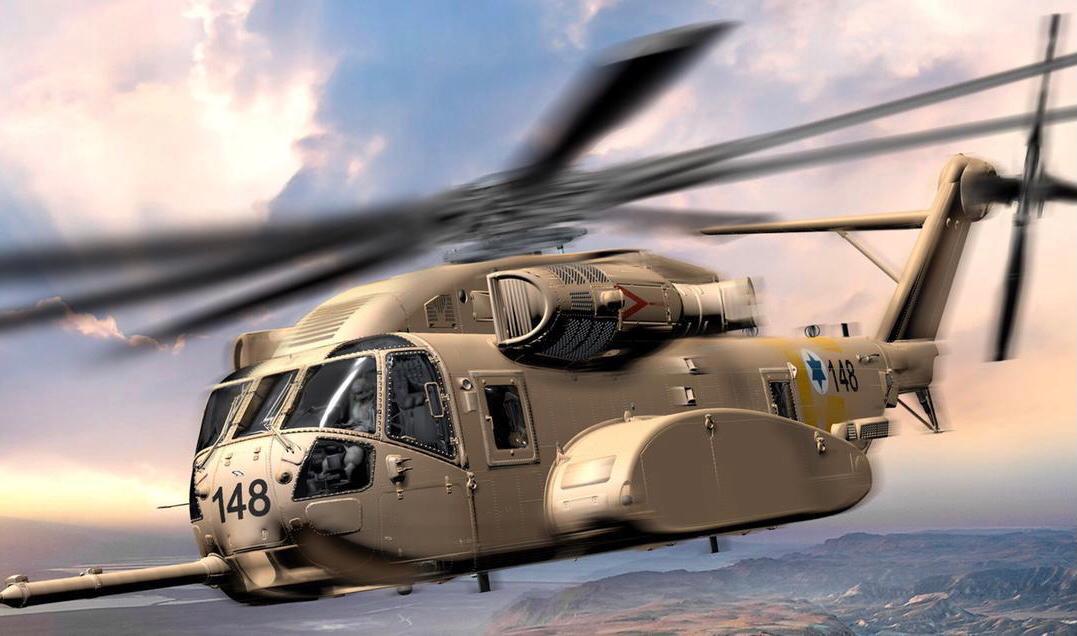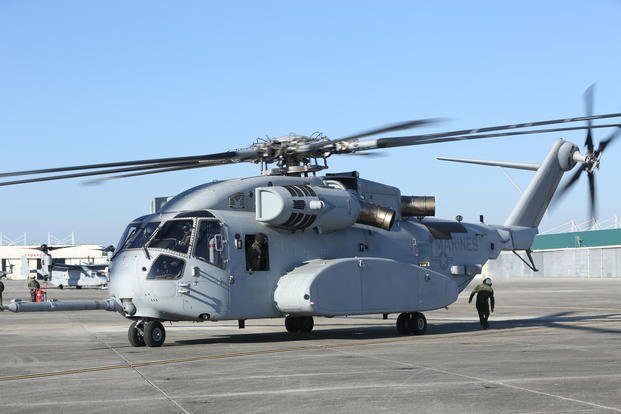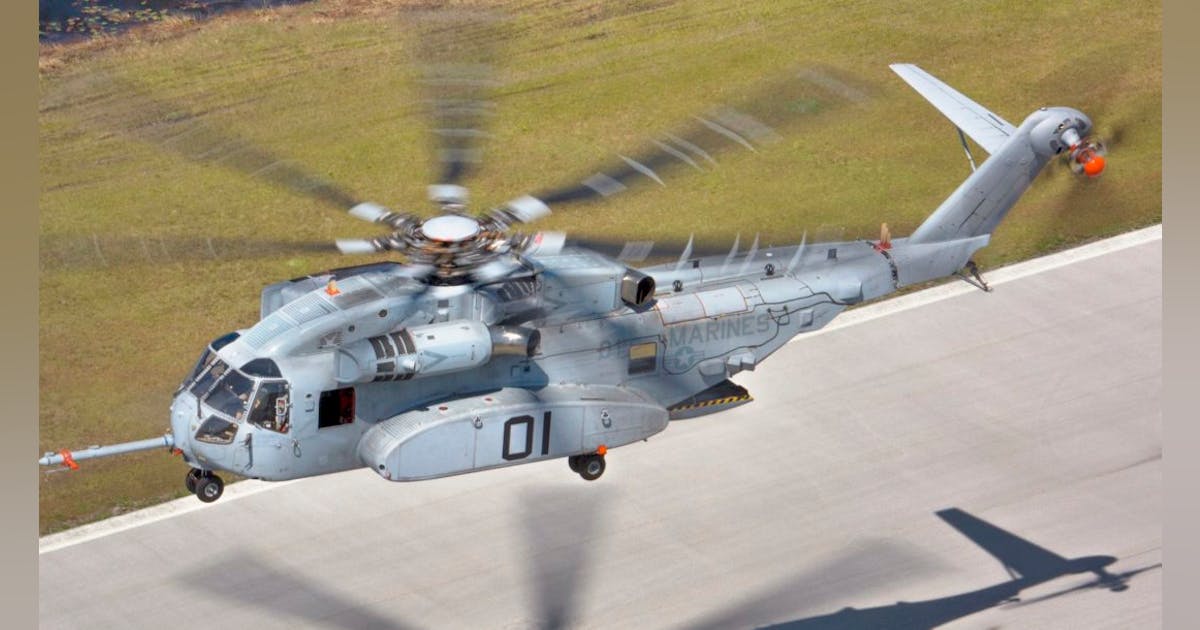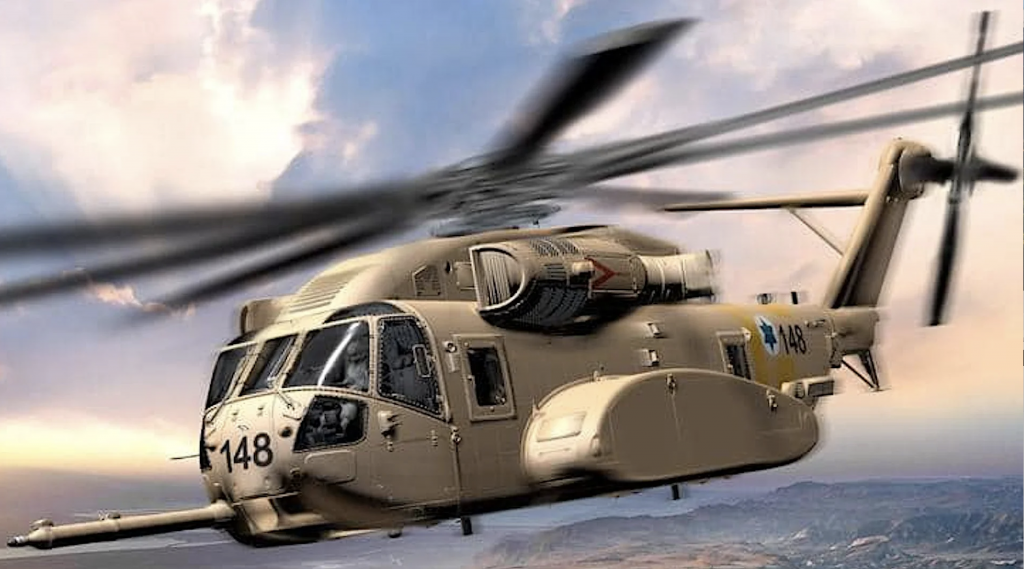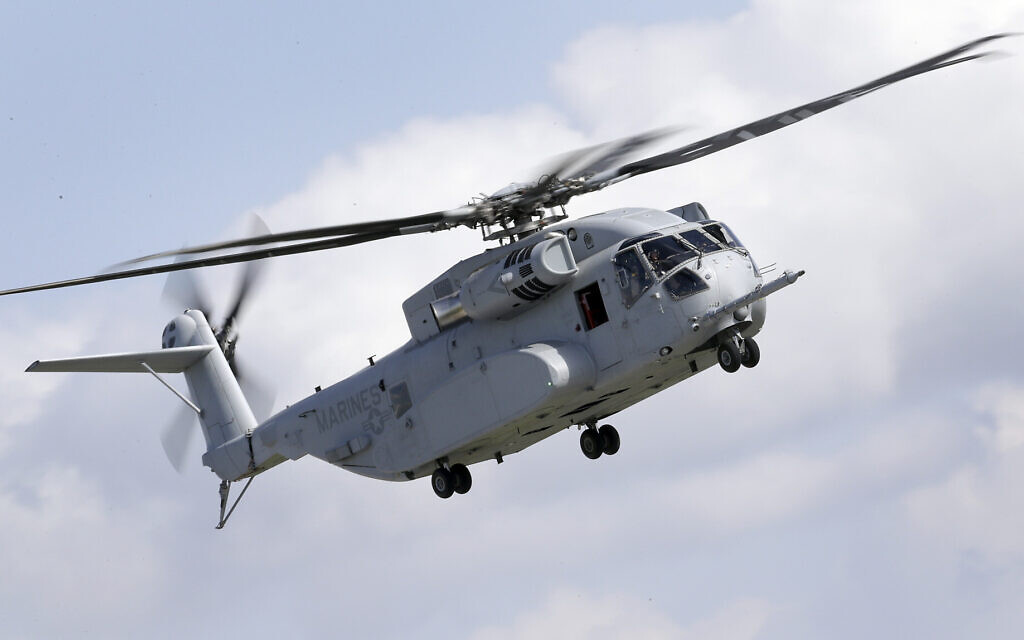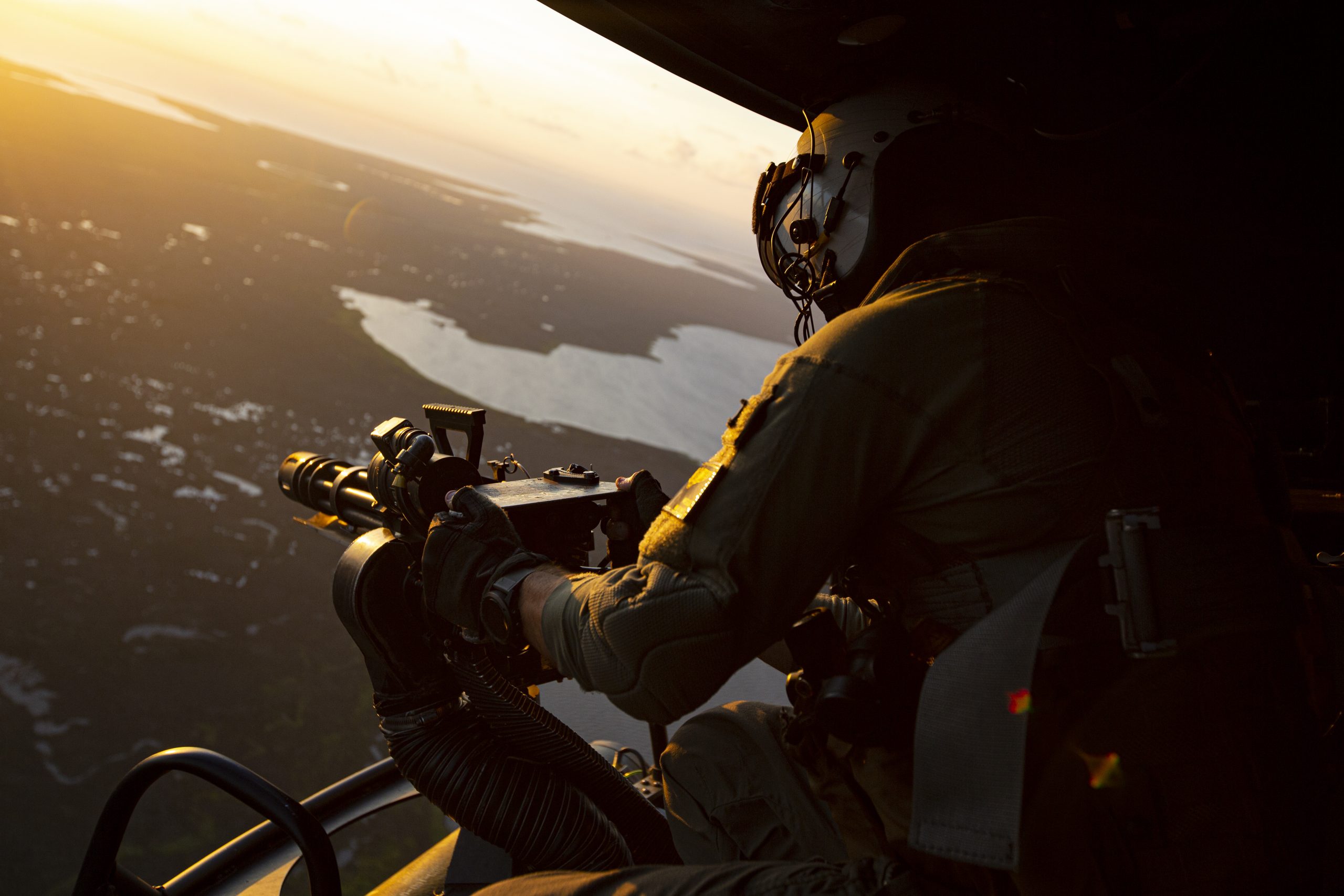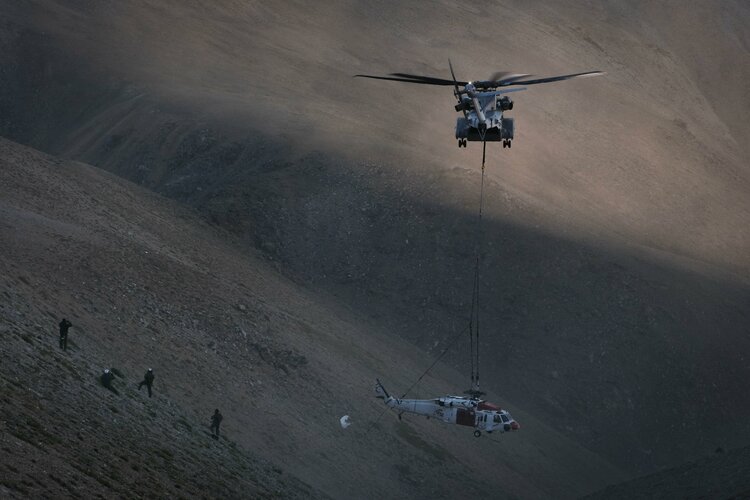New USN contract for 6 new LRIP King with support (550M$):
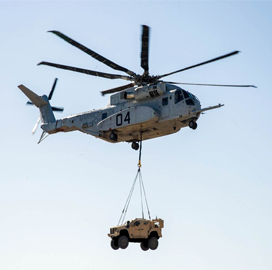
 www.govconwire.com
www.govconwire.com

Sikorsky will provide six low-rate initial production airlifters along with support services such as logistics, configuration audits and tooling, the Department of Defense said Monday.

Sikorsky Gets $550M Navy Contract Modification to Build Additional Heavy-Lift Helicopters - GovCon Wire
Looking for the latest GovCon News? Check out our story: Sikorsky Gets $550M Navy Contract Modification to Build Additional Heavy-Lift Helicopters. Click to read more!
 www.govconwire.com
www.govconwire.com
Contracts for October 26, 2020
Today's Defense Department contracts valued at $7 million or more are now live on Defense.gov.
www.defense.gov
Last edited:

